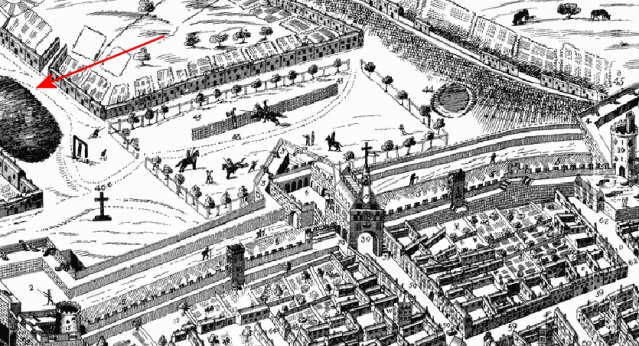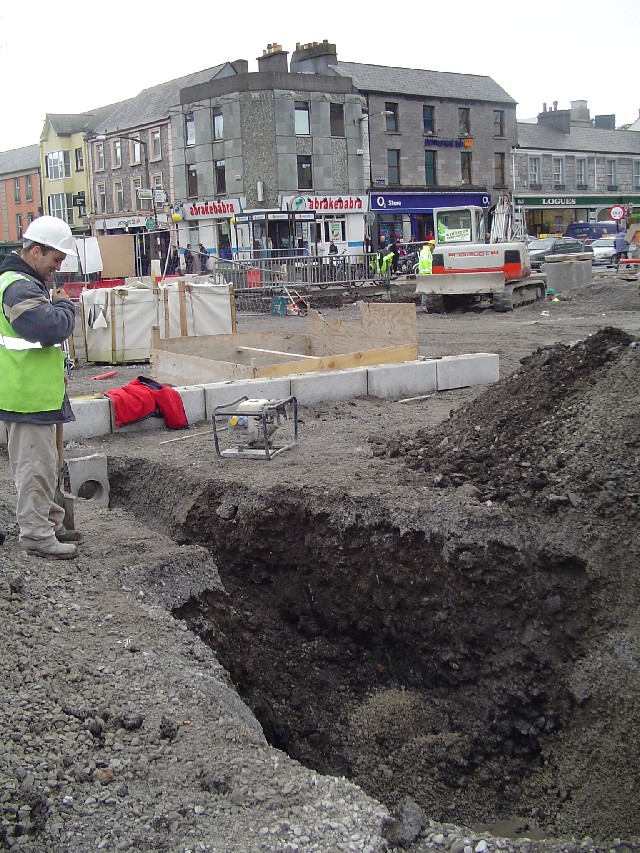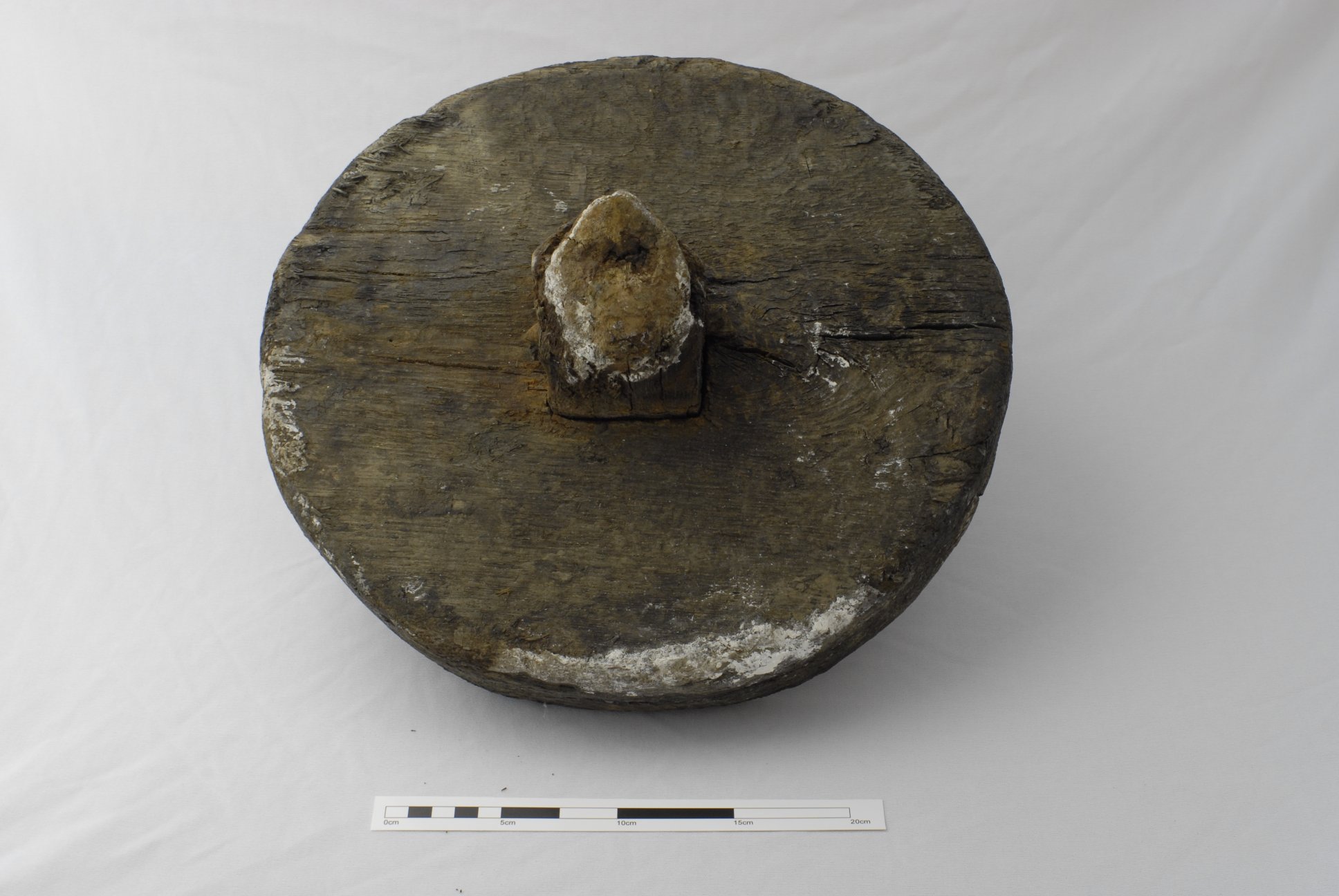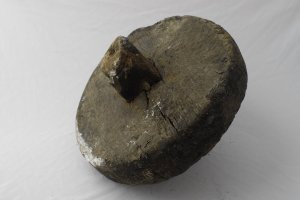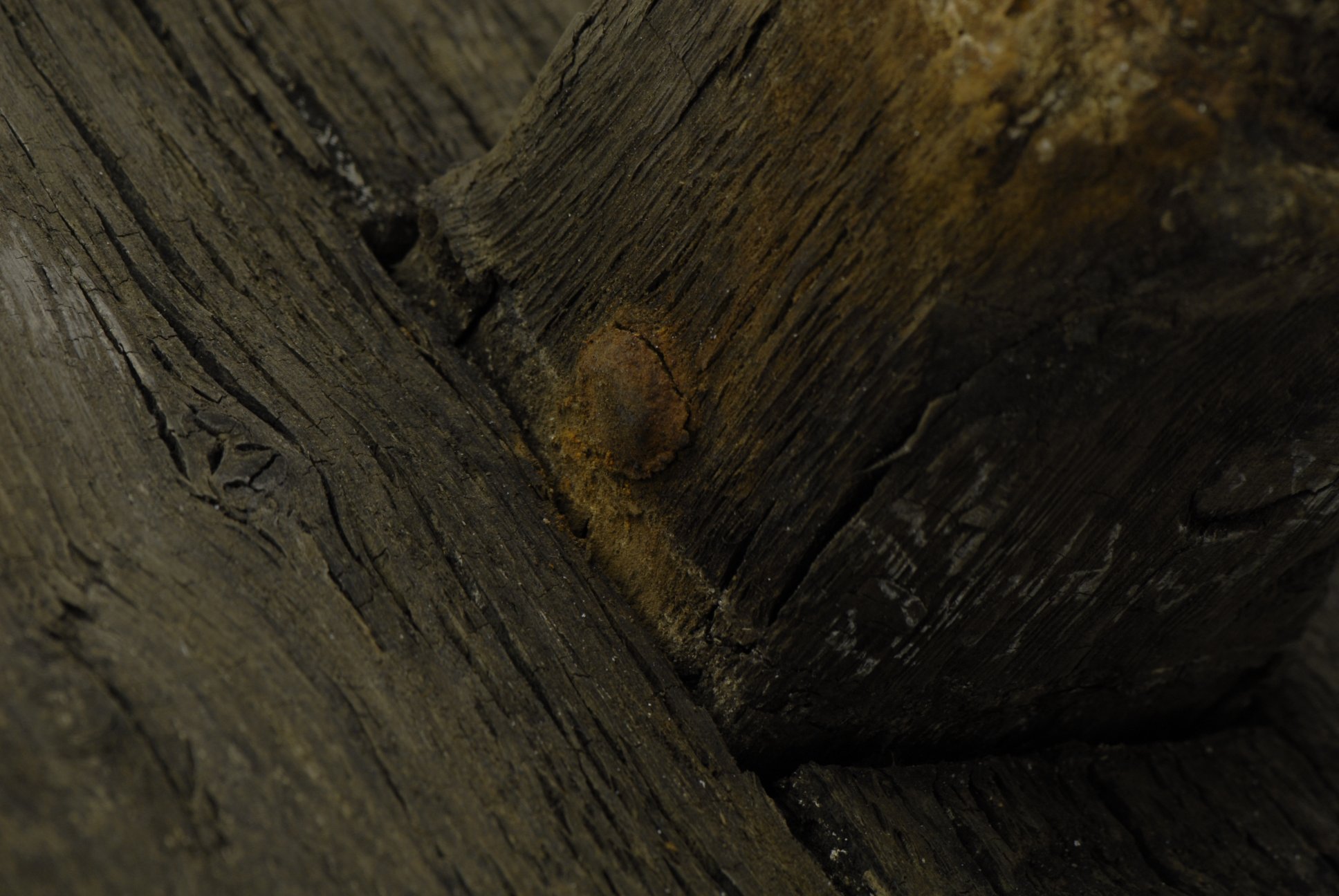As of 2001, 24 cetacean species have been recorded in Irish waters (Berrow, 2001) of which the Harbour Porpoise is the most common. This past summer has been a busy year for dolphin and whale spotters, most notably the three sightings of blue whale in recent weeks. In 1991 the Irish government declared all Irish waters, to the exclusive economic zone, a whale and dolphin sanctuary claiming that this was a “clear indication of Ireland’s commitment to contribute to the preservation and protection of these magnificent creatures in their natural environment, and to do everything possible to ensure they should not be put in danger of extinction but should be preserved for future generations” (Rogan and Berrow, 1995). Maybe someone in the whale and dolphin community has passed the word on to the Blue whales….
As the Irish Whale and Dolphin Group (IWDG) puts it:
‘To put this sighting into context, this is the 1st validated sighting of a blue whale in any Irish waters since the IWDG began almost 20 years ago. Although there was a single record of a sighting made by UCC personnel in the late 1990’s there are only two stranding records of blue whales on the Irish coast, the last of which was in Bantry Bay, Co. Cork in 1957, and then you have to go back to Magilligan Strand, Co. Derry in 1907.’
Our Sighting:
We spotted the dolphins in our video (we think that they’re Atlantic white-sided dolphins) east of Kedge Island, Baltimore, near the mouth of Lough Hine at the weekend. Saturday was a relatively calm day with good visibility and a light breeze. There were between 20 and 40 in the school and they breached the water with great gusto, continued bow riding the boat for up to 45 minutes until finally departing. In the first video you can see them at the start of the video and again at about 2:30 minutes in.
Many of the dolphins in our waters are feeding schools following shoals of fish, crustacea and other marine animals brought inshore by the Gulf stream. The Atlantic white-sided dolphin (Lagenorhynchus acutus) occurs inshore off the northwest in late summer and autumn and also occur occasionally in the Irish Sea. They have a white patch along the side with a prominent dorsal fin.
Again from the IWDG’s website:
‘This dolphin lives only in the northern North Atlantic and is restricted to temperate and sub-arctic areas, including the continental shelf, slope and deep canyons. The southern range for this species is Cape Cod and the mid-Atlantic canyons off the United States and the British Isles (sic) in the eastern Atlantic. It is known from well inside the Gulf of St. Lawrence, and off south Greenland, Iceland, and Norway, occasionally as far north as the Barents Sea. It has also been recorded in the North and Baltic Seas. While it has been stated that the white-sided dolphins have a more southerly distribution than white-beaked dolphins, the distribution of both overlap.’
The dolphin is a boisterous mammal which lives in schools ranging from a few tens to several thousands. In the video you can see they enjoy bow-riding the boat and seem to take great pleasure in it.
According to the IWDG: ‘This species is one of several species that has been taken in drives (a method of hunting dolphins by driving them together with boats and then usually into a bay or onto a beach) also involving pilot whales in the Faroe Islands. Incidental mortality in fishing gear has been documented off Canada, the US, the UK and Ireland. They appear particularly susceptible to capture in mid-water trawls. A juvenile dolphin from the northwest coast of Ireland was found to have a relatively high concentration of mercury in its liver. Moderately high levels of organochlorines have also been recorded.’
Sightings of Ceteceans can be reported to the IWDG here.
It’s unusual that Atlantic White Sided Dolphins would be recorded in this area as they tend to occur in more offshore waters and the continental shelf. According to the IWDG website they occur inshore off the northwest in late summer and autumn and also occur occasionally in the Irish Sea. We’ve been in touch with Dr Simon Berrow of the IWDG and we’re awaiting confirmation of our tentative identification. Other experts are welcome to comment below.
On the Blue Whale sightings, Twenty Major suspects something far more sinister…
Reference: Berrow, S., 2001. Biological diversity of cetaceans (whales, dolphins and porpoises) in Irish waters. In Marine Biodiversity in Ireland and adjacent waters. Ed. Nunn J.D. , Ulster Museum, Belfast. Pages 115-120.

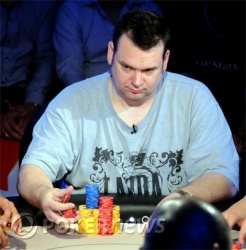


 . Ukella checked over to Gavin and he led out for 200,000. Ukella paused briefly, then moved all in forcing Gavin to a major decision.
. Ukella checked over to Gavin and he led out for 200,000. Ukella paused briefly, then moved all in forcing Gavin to a major decision.



 which was no help to either man. Ukella’s supporters were on their feet as the dealer put the
which was no help to either man. Ukella’s supporters were on their feet as the dealer put the  on the river. His ace high was not good enough and he exited in 5h place. Along with a great story, Ukella will take home € 292,000.
on the river. His ace high was not good enough and he exited in 5h place. Along with a great story, Ukella will take home € 292,000.